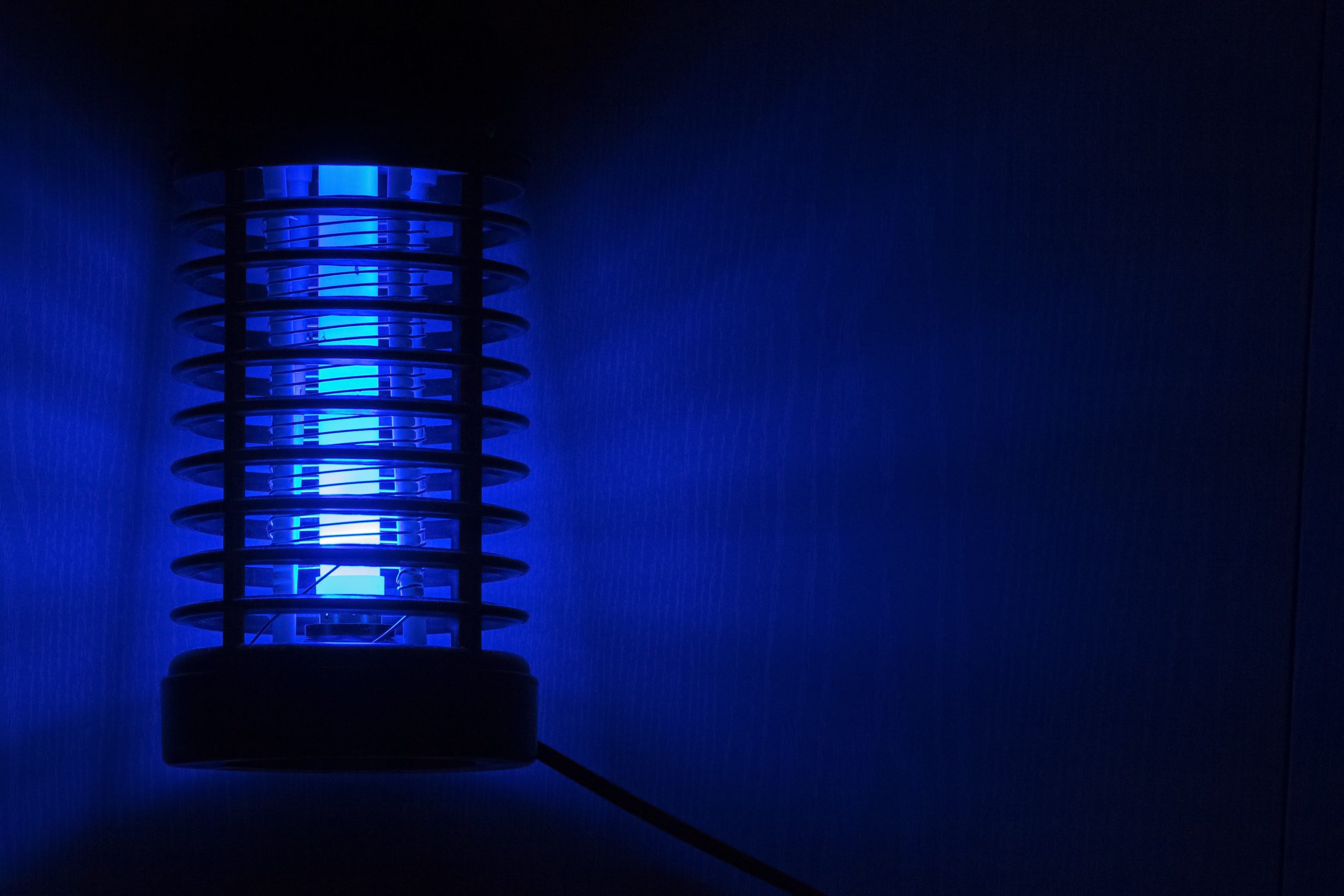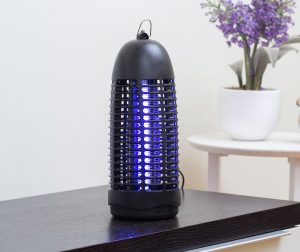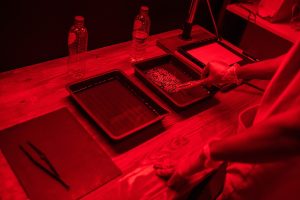
Was The Original Fly Killer Light Ever Used?
- Post author:cs_Admin
- Post published:18 March 2024
- Post category:Blog
- Post comments:0 Comments
The concept of a fly killer light is simple, fundamentally highly effective, dramatic and typically more practical for everyday use due to the lack of need for constant maintenance.
It is such a famous piece of pest control equipment that it was famously used in a television ident for BBC2 designed by Martin Lambie-Nairn, highlighting a universal knowledge of its experience, even if there are almost no fly zappers actually shaped like the number two.
It is quite surprising, therefore, that the very first bug zapper ever made was largely dismissed on its creation as being of “very limited use”, despite containing many of the elements that make a fly zapper useful today.
This design, first featured in the October 1911 edition of the magazine Popular Mechanics, was credited to two unnamed men based in Denver, Colorado. It features many of the elements you would expect to see today, including eye-catching light bulbs, an electrified grid and even a removable tray for easy cleanup and maintenance.
Popular Mechanics described how it was meant to work through using the light to draw flies into the grid to be electrocuted, but the actual voltage required and the additional bait suggested might have made the magazine see it as overly expensive per use.
Unlike modern bug zappers, it required bait to use, and the rather unusual voltage requirements were described as requiring “some auxiliary apparatus to obtain”. In 1911, it was not necessarily a guarantee that every home would have a mains electrical supply, so that may have also been a factor.
Despite this, the magazine did credit the system for being rather clever in its “conception and design”, they appreciated the use of light bulbs to avoid short-circuiting, and with the benefit of hindsight, it can be appreciated as the start of a very economical and practical pest-control tool.


